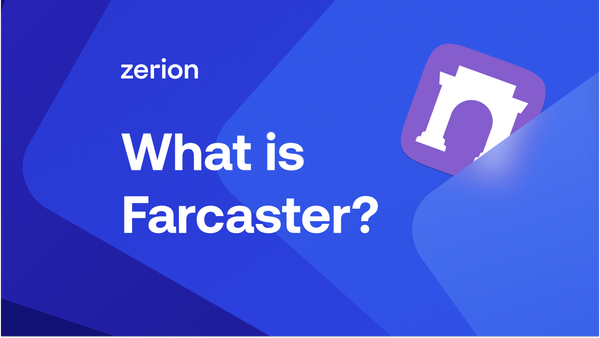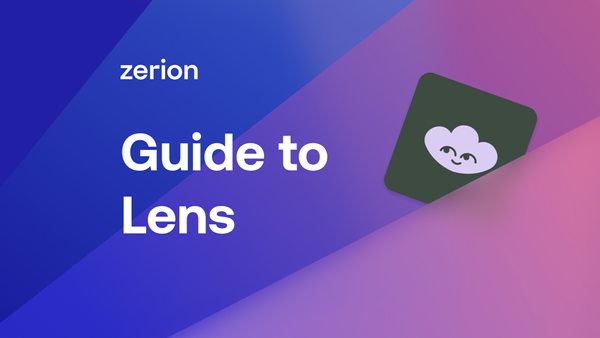Decentralized social, web3 social, SocialFi—these are terms you might have heard about in the past few months. As we're entering a shift in the crypto market cycle, there are good reasons to think that mainstream consumer adoption will partly happen through social applications enabled by crypto. In a recent article, we covered 5 Web3 social apps you can use today.
In today’s post, we'll cover everything you need to know about Farcaster, a decentralized social network that has been gaining a lot of attention lately, especially among Ethereum builders. We'll also be covering Warpcast, a Twitter-like client that is by far the largest application built on top of Farcaster at this point in time.
What’s Farcaster?
Farcaster is a decentralized social network protocol
Unlike web2 social media companies, a decentralized social media protocol is powered by a network of independent nodes that collectively administer network activity. The protocol itself is open source and permissionless for third-party developers to build with. Similarly, user data isn't owned and kept secret by a single private company like X. Instead, user data is available in an open social graph that developers can leverage when building applications instead of creating a userbase from scratch.
Farcaster is an ecosystem of applications
Farcaster has a growing ecosystem of applications of varying sizes. Some of them are being built by solo developers. An increasing number of these applications are now quite advanced and have raised significant funding.
Let’s go over some of the most interesting applications being built right now:
- Icebreaker: A Farcaster-based, privacy-preserving professional network.
- Seemore: A place for creators to set up their creator page and profile, showcasing all the things they are up to and enhancing their relationship with their fans. Page creation is assisted and automated.
- Paragraph: A web3-native publishing platform with features that help writers build a community around their newsletter using both web2 and web3 tools.
- Bountycaster: Enables Farcaster users to create bounties for tasks. Any other Farcaster user can pick it up and be paid once the completed work is accepted by the original bounty poster. Bountycaster works with any Farcaster client.
- Unlonely: A crypto-native livestreaming platform with fun, gamified features including live betting, launching your own channel arcade token, and more.
- Supercast: An alternative client to Warpcast, the current biggest client on Farcaster, with a slightly modified experience and enhanced UX features.
- Launchcaster: Farcaster's equivalent to ProductHunt. Here, you can find projects recently launched by the Farcaster community and beyond, including the Zerion browser extension launch!
- Mod: A protocol for Mini-apps that are open, interoperable, and permissionless. Adding Mod to their apps enables developers to allow app users to post images, gifs, and videos, for example.
Warpcast, the largest Farcaster application
Warpcast’s origins
The team behind Warpcast is the same team that has been designing and building Farcaster. It is led by Dan Romero and Varun Srinivasan, two early Coinbase employees.
The Warpcast app is the first-ever Farcaster client, and it is tightly integrated with the Farcaster protocol and data. All Warpcast accounts have a Farcaster ID and store the content they produce in Farcaster hubs.
Twitter-like features
At first glance, warpcast looks like X (ex Twitter). People send casts (the equivalent to tweets) and share information about pretty much anything they like. The UI feels similar to X, you can follow and be followed by people that you discover on the network.
NFT feeds
Now, here is the twist. Because Warpcast is Web3 native, it can do multiple things that X cannot. For example, you can embed NFTs for others to mint in your feed. See below how to mint on Warpcast using Zerion.
Warps: Warpcasts’ version of points
The Warpcast team released Warp points two months ago as an in-app currency that can give users access to perks and privileges. Warps are not on-chain tokens and are administered centrally by the Warpcast team.
Users earn Warps through the Warps rewards program for being among the most active users on the app and for sharing casts that receive certain thresholds of engagement. Warps are also given as a reward to builders who run Farcaster nodes (called Hubs) and help run the decentralized network. Finally, Warps can be bought directly with crypto.
There are a few things users can do using points today, such as paying for mint fees on Warpcast with a couple of hundred Warps, gifting Warps to other users, and creating Farcaster channels using ten thousand Warps.
Warpcast Channels
You can think of Channels as X meets Subreddits, blending the typical feed experience but filtering posts according to different topics. Anyone who meets a minimum thresholds of activity on Farcaster can create a channel around the topic of their choice provided they can pay ten thousand Warps.
Some of the most popular channels today include the Warpcast channel itself, where the community discusses Warpcast-related topics. Other popular channels are the Degen, Zora and Nouns channels. Users on Warpcast can choose which channels they want their casts to be posted to. Some channels receive more engagement than others as shown on the dashboard below.
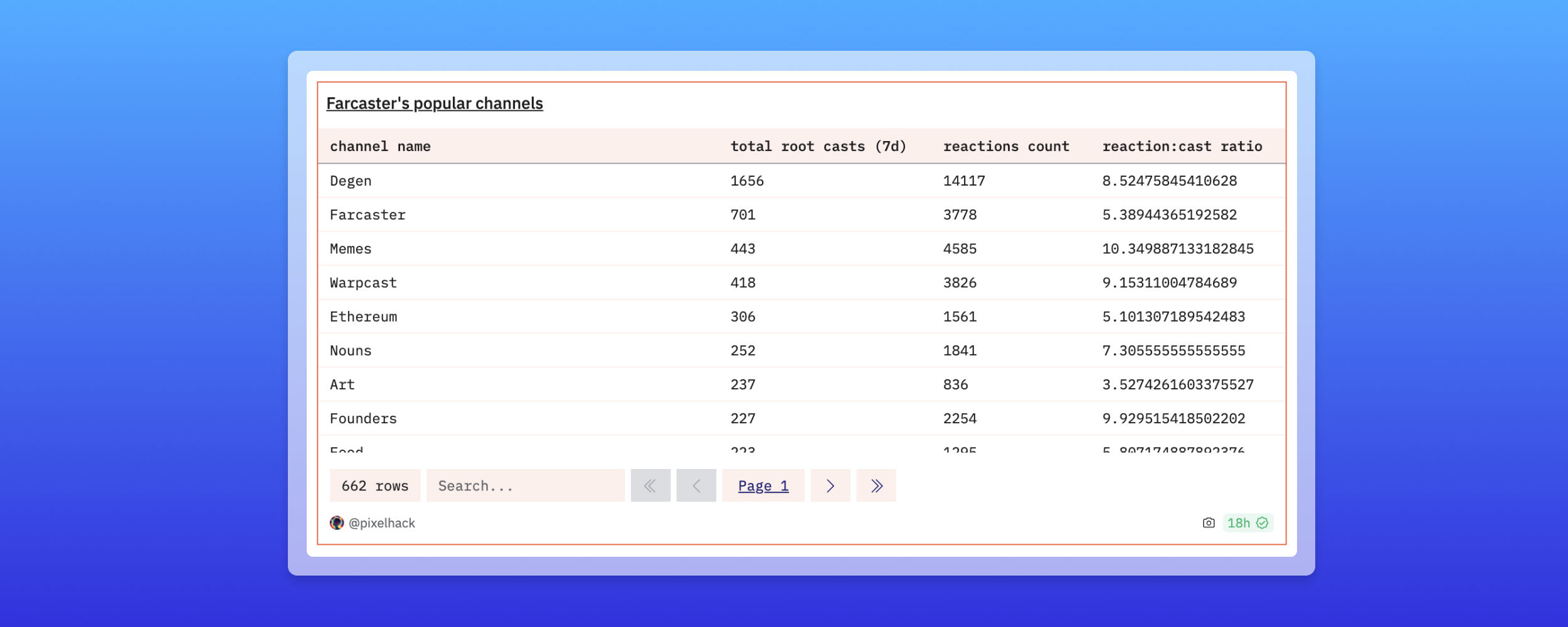
You can find the Zerion channel by typing /Zerion in the search bar and stay on top of our latest Warpcast activity.
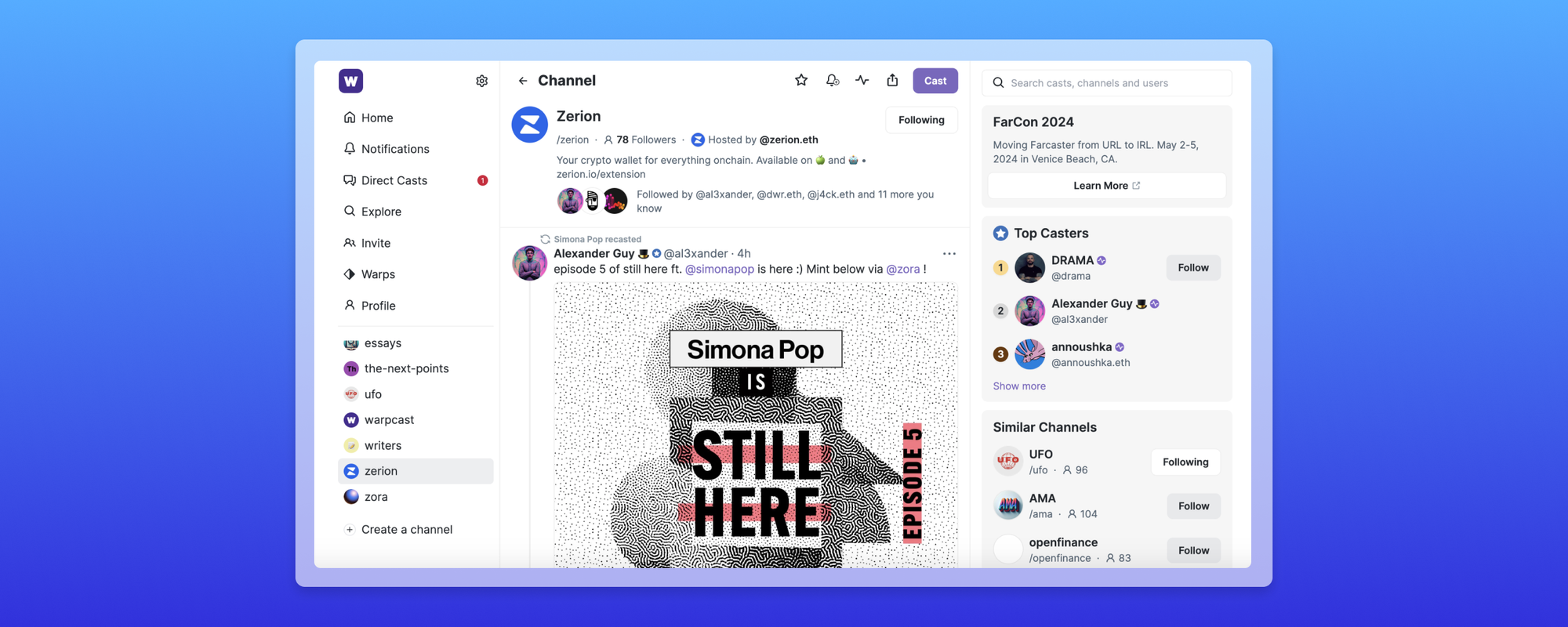
Web3 native community of founders and builders
The early Warpcast community comprises a group of builders and entrepreneurs from the Ethereum community, making it an exciting place for builders and founders. The /founders channel is particularly active. You can find the Zerion team there, looking up Zerion.eth, @al3xander and @evg.
How to get your first Farcaster handle?
Using Farcaster clients to sign up
In order to use the Farcaster network, you have to pay a yearly fee that allows you to store a certain amount of data on the Farcaster network.
There are several clients you can use to sign up on Farcaster, obtain an account, and interact with the apps built on top of this ecosystem. Some of them are available on farcaster.xyz/apps, although this is a non-exhaustive list.
Registering through Warpcast
If you register through the Warpcast mobile app, the fee is approx. $12/year, depending on your local taxes, of which $7 goes to the network, $3.60 to the Apple App Store, and $1.40 to the Warpcast team.
The registration process is straightforward and you’ll need to provide an email address.
Back up your recovery phrase
As you create your Farcaster account, make sure that you write down your account seed phrase and back it up somewhere. The seed phrase is generated specifically for your Farcaster account and is different from your wallet. Without this, you will not be able to retrieve your Farcaster account in case you lose access to it.
Sync mobile and desktop
You can log onto your desktop on Warpcast.com by scanning a QR code with your Warpcast mobile app open.
The future of Warpcast and Farcaster
Farcaster has been growing quickly in late 2023. A number of apps being built in the Farcaster community have raised significant funding, and the action around Farcaster meme coins has prompted many to take the leap and create a Farcaster account.
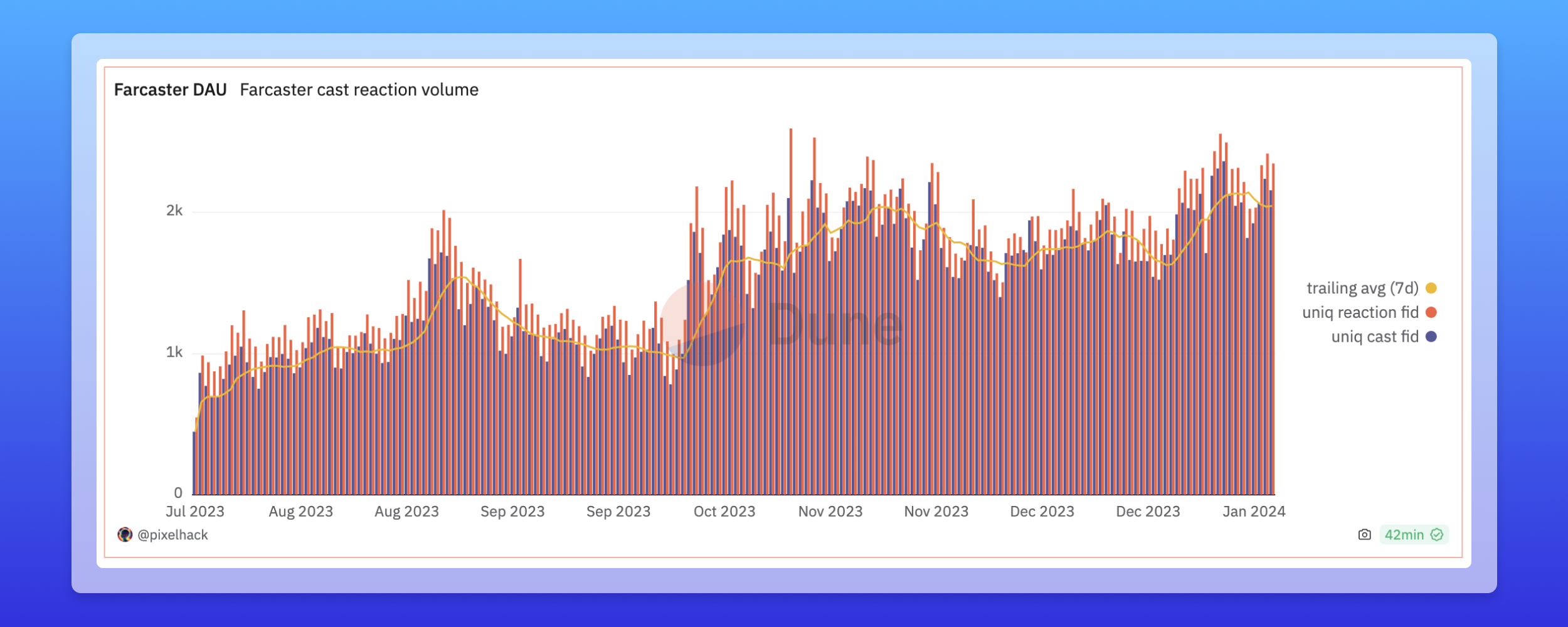
Growing the ecosystem
The Farcaster ecosystem currently boasts 2000 unique casters, a significant number in crypto, considering the small size of the ecosystem and the quality of conversations and alpha happening on Farcaster. It includes AMAs with top tech profiles like Balaji, Vitalik, Brian Armstrong, or Elad Gil. However, this is still very tiny when compared to traditional social media and their hundreds of millions of daily active users.
The current main objective of the Farcaster team is to increase the number of daily active users and find their path towards sustainable growth. It will be interesting to see what strategies the Farcaster team adopts in the coming cycle and in the competition against other decentralized social media protocols.

